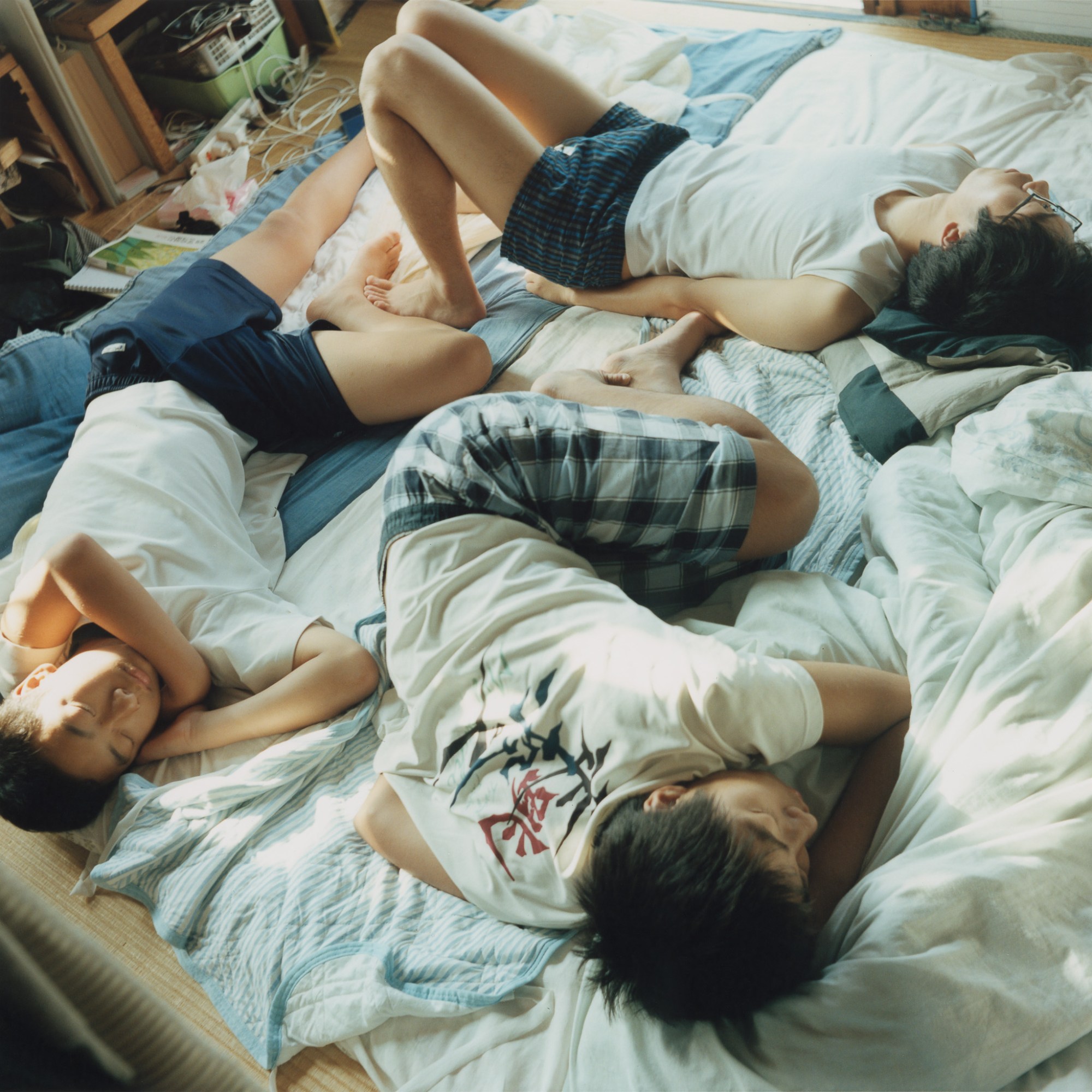Mikiko Hara is one of the more understated photographers in Japan. Unlike Hiromix, Nagashima Yurie and Mika Ninagawa — the “girly” photographers who became popular in the 90s for their daringly diaristic, confessional accounts of their lives — Mikiko distinguished herself from the gang by avoiding any personal disclosures or narrative threads. “As you can see, what I photograph is nothing special,” she tells me from the suburbs of Tokyo, where she has been living and working for nearly 30 years. “People crossing a street corner; things and landscapes that pass by within the blink of an eye; these are moments that anyone might encounter in their everyday lives.”
“I can’t explain it well yet, but I feel my interest in photography is related to the unconscious,” Mikiko continues. “The photographer’s unconscious might be involved in the whole image, not just the supposed main subject.” Because she shoots from the chest, without looking through the viewfinder, Mikiko gives herself over to the camera’s intelligence. “The camera eye is purer, more fair, more solid and tougher than my eyes,” Mikiko explained in the catalogue for a 1999 group show. “I’ve never tried to establish my own approach to photography or to send any messages with my photographs. All I did was just be there, to try to be honest about my feelings of pleasure, surprise, awe and anger. The camera does everything else.”

Mikiko’s new, impressionistic wisp of a book with Chose Commune is perfectly titled Small Myths. It’s a stream-of-consciousness collection of photographs from 1996 to 2021; the small mysteries of everyday life in and around Tokyo. Tucked towards the end is a lovely anecdote that Mikiko had originally penned for a solo exhibition in 1998. In it, she recalls the moment her friend spotted a kitten on a deserted roundabout while she was parking her car. Mikiko describes her confusion as to why her friend didn’t react with the usual “how cute” comment, or get out of the car and cuddle the kitten. Instead, her friend exclaimed: “What am I going to do?” It was later that Mikiko realised these words were similar to the sound she hears when she presses the camera’s shutter. In other words, they cut everything out, stringing her from one scene to the next.
Here, we chat to Mikiko about her practice and philosophy.

Hi Mikiko! Can you tell me how you got into photography?
It was by chance. At university, I studied cinema and also joined a small theatre troupe, where I performed on stage. But as I had no desire to pursue a career in the arts, I went to work for a general company after graduation. Working there for about two years, I started looking for a different path, and that is when I decided to join a photography school.
Is that where you encountered the photography of Garry Winogrand? I read he was a big influence.
Yes. My teacher showed us his book Figments from the Real World (1988) as a model. I was very impressed by his work which I found to be haphazard, undeterred and free. It was only later that I learnt his words, for example, that thought-provoking quote: “Photography is not about the thing photographed, but how that thing looks photographed.” It seemed to me that he answered the fundamental question of why he takes photographs in a light-hearted but precise way.

When did you start shooting without the aid of the viewfinder?
Well, for my first school assignment, I was asked to produce street snapshots in black-and-white. Day after day, I would blindly walk into the hustle and bustle of the city and take snapshots. I realised how difficult it is to confirm every corner of the viewfinder’s frame when you encounter a wave of people on the street. But this also gave me the idea to take photographs without being conscious of composition. Instead, I began leaving things to chance and settled on a 1930s film camera, Ikonta, which has a very narrow viewfinder. I still use it today.
Going back to your experiences with the theatre troupe, do you see any connection between the act of photographing and performing?
Although this was a long time ago now, the thought of being on the stage still makes my heart flutter. When I think about it now, perhaps I was originally attracted to the physicality of both theatre and photography. Some classmates would complain when they had to take pictures in crowded places, but I didn’t question it. Perhaps my experiences with the troupe had unwittingly instilled in me a kind of posture for confronting people. Maybe the disappearance of oneself before an audience could be compared to the feeling of getting lost in a wave of people…
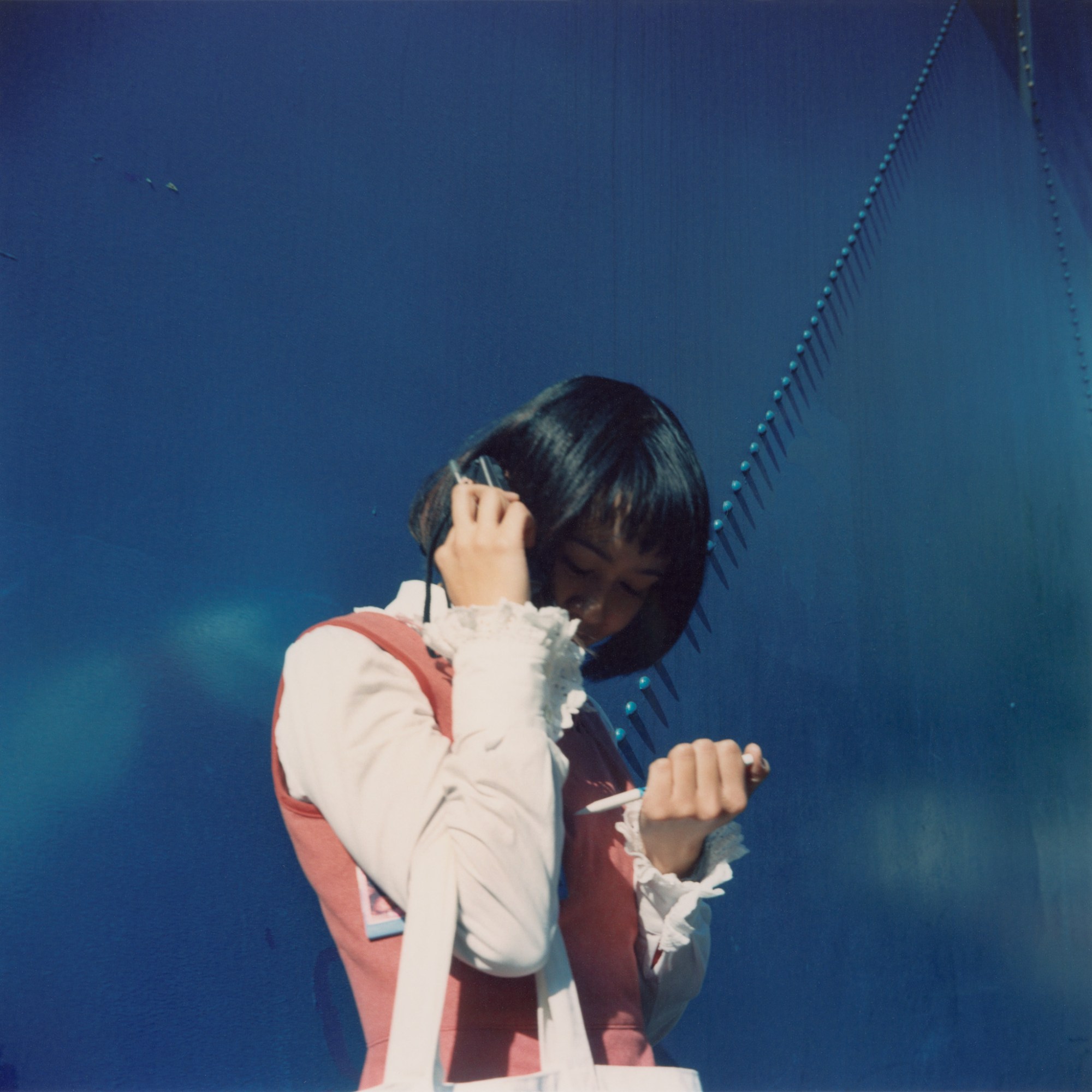
It seems like photography is completely embedded within your “everyday”…
It is. I carry a camera with me almost all of the time. Not only in the streets but in my daily life too. Sometimes I go out with all the enthusiasm in the world and come up empty, and other times the shot I take without any conviction will become very important to me. It would be nice to have a clear on/off switch, but then again, nothing can be planned. For instance, my morning routine consists of cooking meals for my three sons or doing household chores. Even in such situations, I sometimes take pictures of them or something random at home whenever I feel like it. These “everyday” photographs are taken without the intention of being “my works”, but sometimes they take on another dimension later down the line.
On that note, your new book, Small Myths, accumulates photographs over quite a significant period of time. What was it like going back to the very start?
I was unexpectedly asked to “show the new stuff and the old stuff”… At first, I was perplexed because I was not asked to present what I wanted to present now. However, it gave me the opportunity to look back and review my early photographs. Surprisingly, I did not feel any disconnects or discomforts between the individual photographs, which made me feel that I have been doing the same thing for a long time. The editing process was a collaborative effort with the publisher. Although I expressed my feelings, it was refreshing to find combinations and sequences that I had not thought of before or that deviated from my own assumptions and habits.

What do you hope readers can take away from the book?
I would be happy if the book leaves you with something elusive and inexplicable. After all, I am not trying to convey any thoughts or messages. A butterfly caught in your palm will die if you grip it too tightly. But if the grip is too loose, it will escape. What I am trying to grasp is something fragile like that. I have hardly changed my style since 1996. Maybe, in a sense, I am in a state of refusing evolution. But even with this contradiction of searching for freedom in the midst of stubbornness, I still continue the act of seeking a world that can only be seen by taking photographs.
‘Small Myths’ by Mikiko Hara is published by Chose Commune.


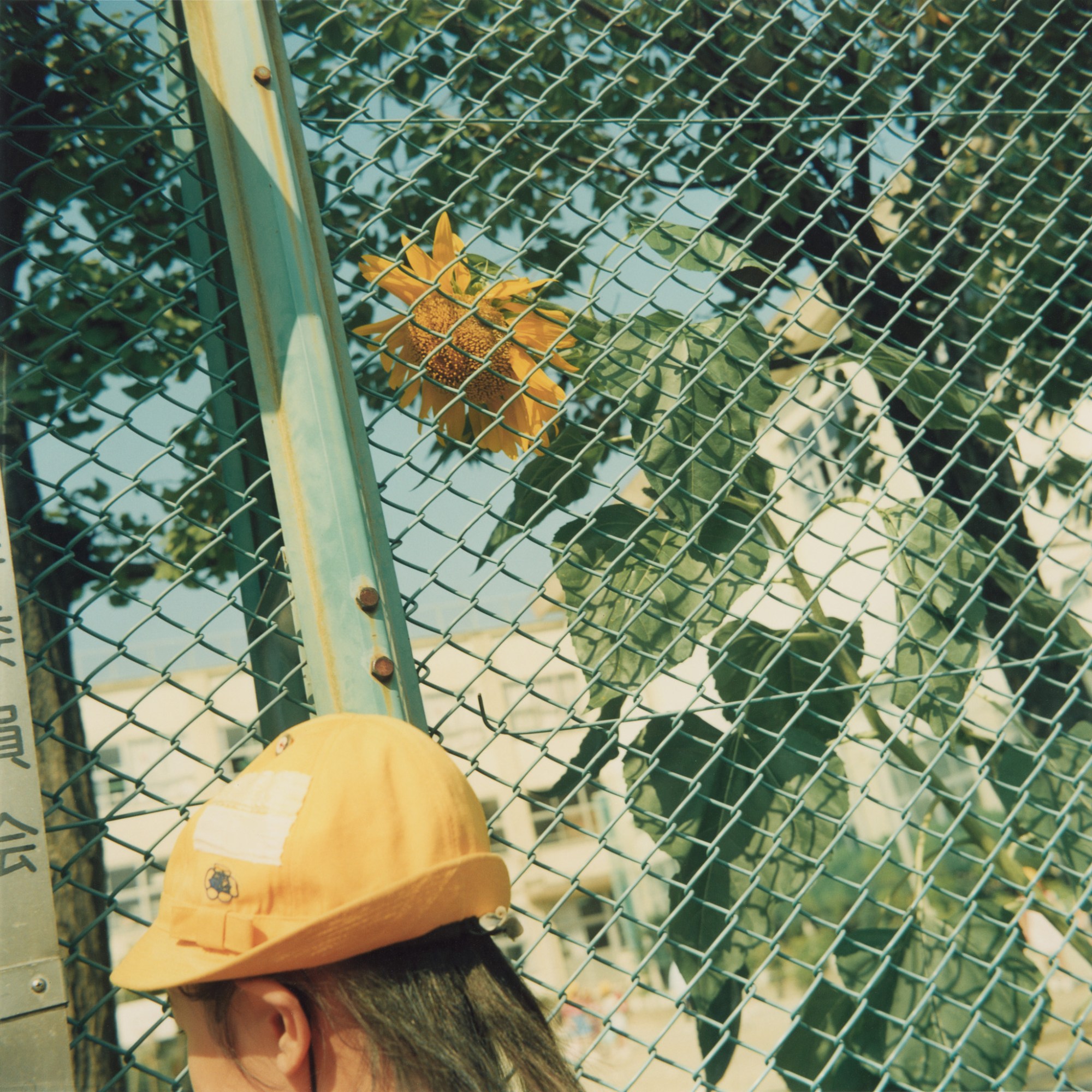
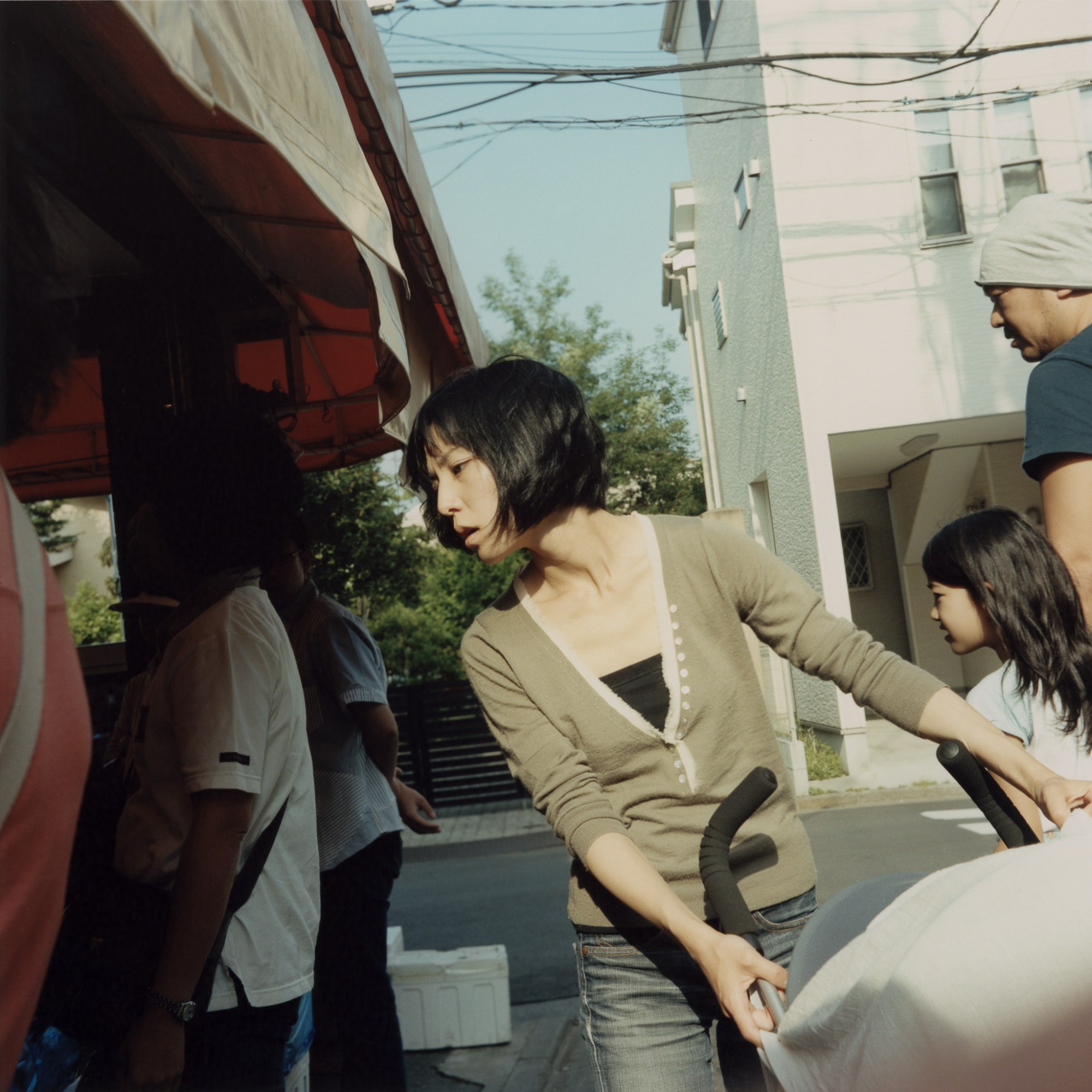
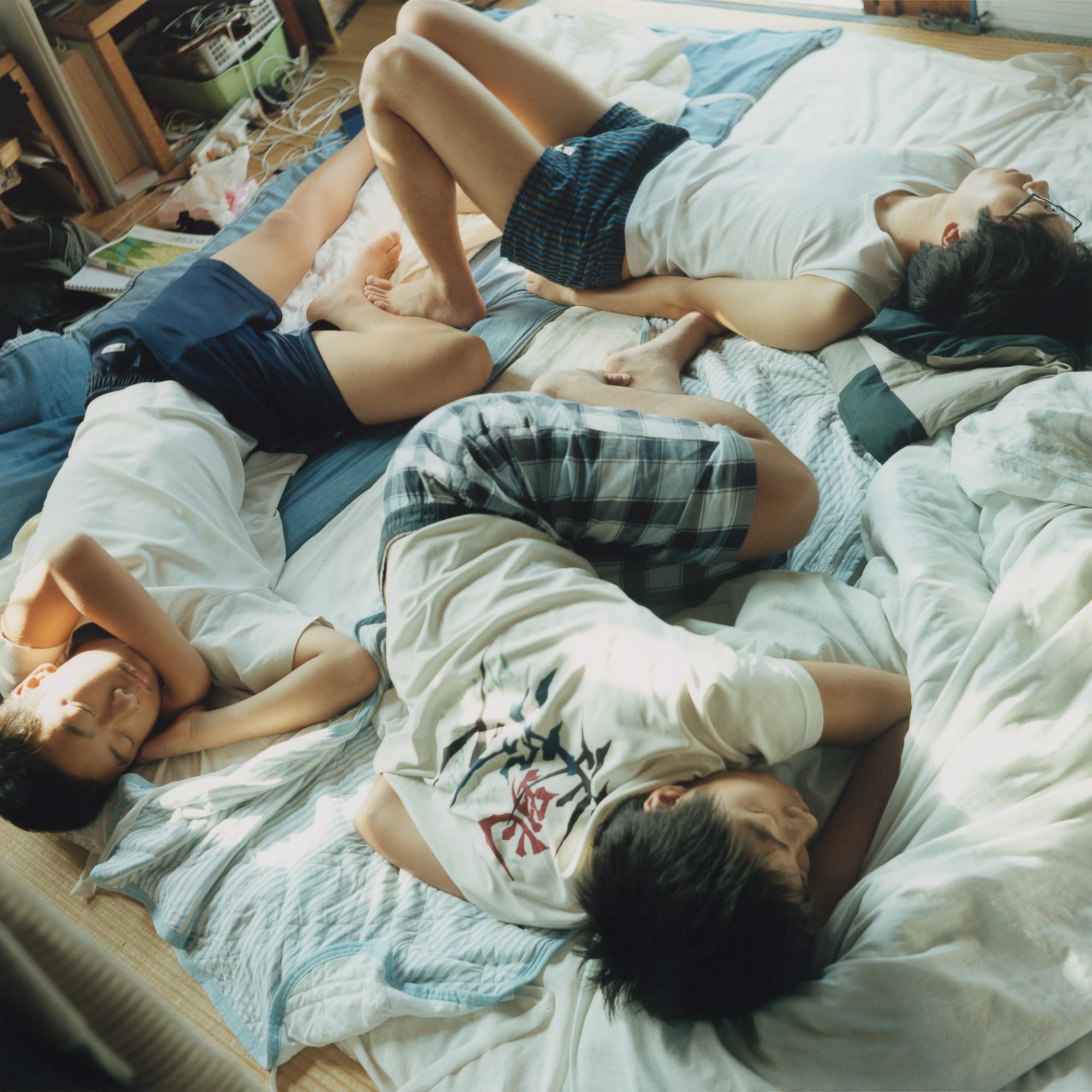
Credits
All images courtesy Mikiko Hara and Chose Commune.
